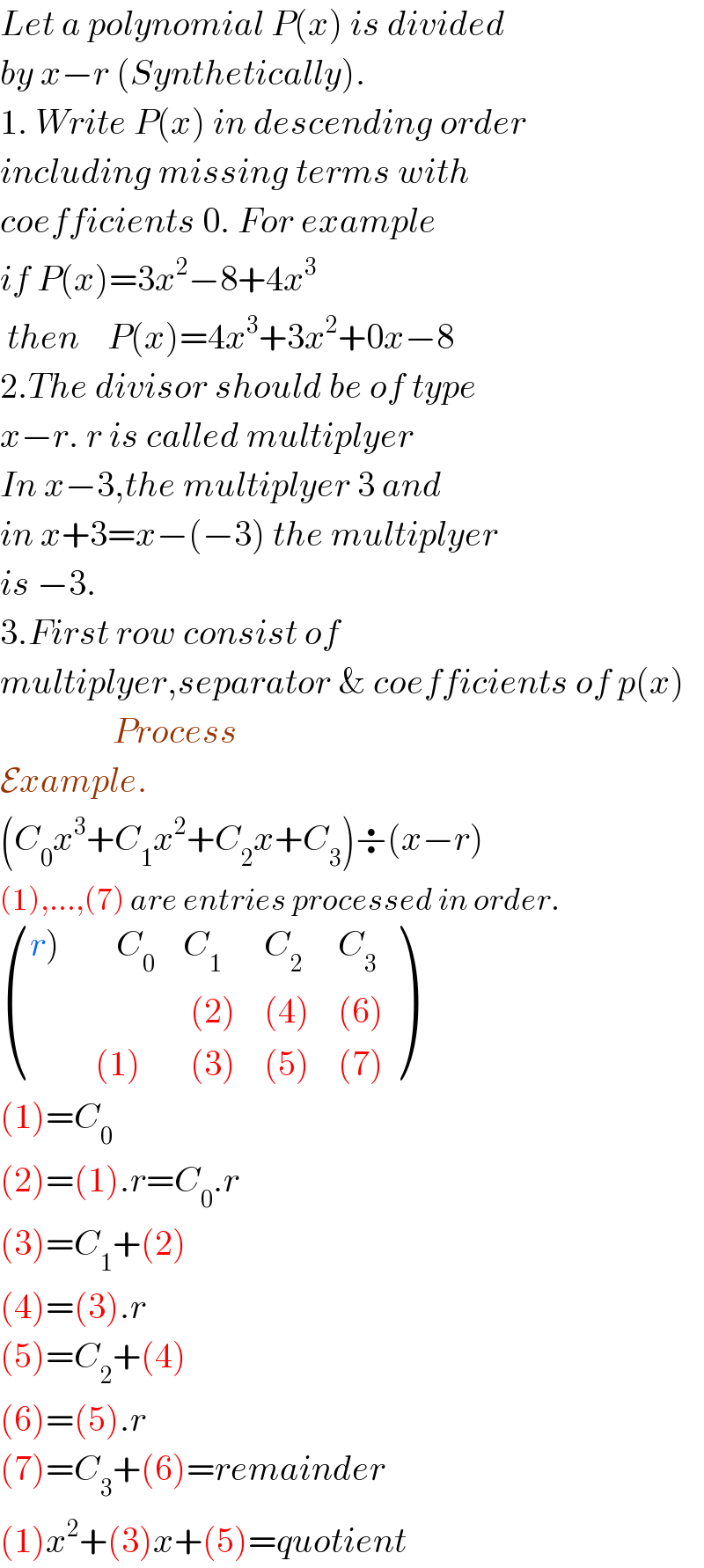
Question and Answers Forum
Question Number 98859 by peter frank last updated on 16/Jun/20

Commented by mr W last updated on 16/Jun/20

Answered by Rasheed.Sindhi last updated on 16/Jun/20

Commented by Rio Michael last updated on 17/Jun/20

Commented by Rasheed.Sindhi last updated on 17/Jun/20

Commented by Rio Michael last updated on 17/Jun/20

Commented by bemath last updated on 18/Jun/20

Answered by mathmax by abdo last updated on 16/Jun/20

